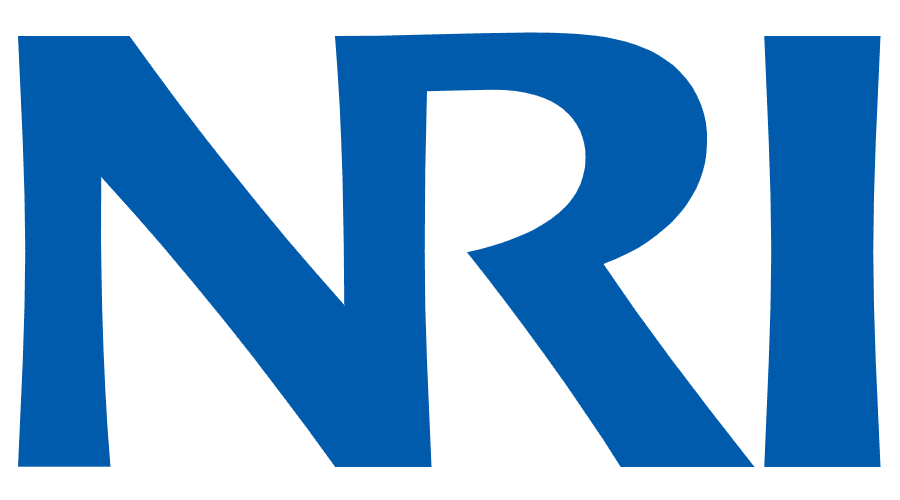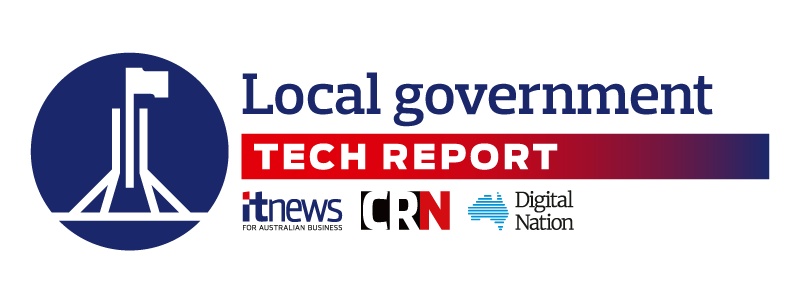.png)
.png)
Australia is home to 537 local councils, employing nearly 200,000 people and boasting a total spending power well above $40 billion.
However, that human and financial capital is split between organisations whose size ranges from the City of Brisbane's 1.25 million residents down to WA's Shire of Peppermint Grove, with only 1500, creating enormous disparity in IT spending power and skills.
But despite this, several trends hold true across Australia's local governments regardless of their size. Primary among these is the need to bring greater maturity to IT service delivery within a cost-constrained environment.
Modernisation versus frugality
The need to modernise has been a driving force at the Sunshine Coast Council, where chief information officer Dave Burns has taken an enterprise and service-based approach to running council's technology.

Since joining two years ago he has reorganised the technology program to better suit the council's strategic needs, based around three principles of run, grow, and transform, while supporting forward looking projects such as the smart city implementation with the new Maroochydore CBD.
Along the way he has standardised and rationalised technology usage, finding $1.2 million in savings in software costs alone.
Another important action has been the relocation of council's core network from Brisbane into a NEXTDC data centre in Maroochydore, co-located with another of the council's technology initiatives, the Sunshine Coast subsea broadband cable connection.
"By doing that we have saved about $3.9 million over five years, and because we are based in the region, we have improved our latency of service by 60 or 70 percent," Burns said.
"At the same time we have set ourselves up for the future. With the Olympics coming up, we could bring digitised services from Asia down into that same data centre."
"We need to provide network connectivity for council, but we want to be progressive in our thinking." - Dave Burns, CIO, Sunshine Coast Council
The local cloud
The ambition to provide better but more cost-effective technology solutions has also been a driver behind councils' steady migration to SaaS-based applications.
According to the 2022 Local Government Digital Transformation Index from the Local Government Professionals Australia, the proportion of Australian councils with a defined SaaS migration strategy in 2022 had almost tripled in the previous 12 months to reach 37 percent, up from 13 percent in 2021.
Gartner's vice president and research analyst for public sector and government, Dean Lacheca, said this trend has been driven as much by the strategies of vendors as it has by the needs of councils.
"That is causing a lot of activity in councils of all sizes as they deal with the consequences," Lacheca said.
"ERP are some of their biggest investments, their biggest backbones, and their biggest risks. 'Property and rating' is their lifeblood, so any time when they are touching those core systems, it is a big issue."

SaaS applications have also proved a boon for local governments as they rise to another challenge of the 2020s – improving citizen services.
According to Forrester principal analyst Sam Higgins, rising expectations set by state government agencies are impacting at the local level.
"When you are a local council, your customer experience strategy isn't about whether you are as good as the council next door, but about whether you are as good as the state government or commercial suppliers," Higgins said.
"That bar is set high, but it pulls everyone through." - Sam Higgins, principal analyst, Forrester
Thinking big when acting small
This factor was at least partly why the Northern Beaches Council in Sydney chose a chief information and digital officer who had spent time working in the NSW Government, including with Service NSW.
Now Naren Gangavarapu is using what he learned to satisfy a generational change in the needs of the council's customers.
"You have the Gen Z and Gen Y who are very savvy – they are digital natives," Gangavarapu said.
"We are constantly improving our customer portal. We have a customer activity tracker application that looks at trends, and that brings the voice of customer and feedback to life to create a continuous feedback loop. So, we are able to resolve our customer needs quickly, and that has resulted in customer satisfactions maintaining about four out of five."

However, he cautioned that there is more to providing strong digital citizen services than just opening a web portal.
"You need to be smart about making sure your customer and employee experience is completely locked," Gangavarapu said.
"You have to have an extended workflow internally for your employees so they can deal with it frictionlessly as well."
He said this is why the Northern Breaches Council continued to invest in internal systems even when other councils deferred projects due to budget constraints, with the result being happier citizens and more engaged staff.
This strategy has also provided the headspace to investigate AI implementations. Gangavarapu said the team is now running more than 50 proof-of-concepts, including investigating AI to boost security capability.
AI is also on the agenda at the Sunshine Coast, where CIO Burns has driven significant investments in its data platform, including the digitisation of council records.

"We are starting to do process reengineering," Burns said.
"We only have limited budget and limited staff, so how do we maximise the value proposition of that? And we see AI having a huge impact in that space.
"By October this year we will have our policies, frameworks, and our ethical standards in place for how we are going to use AI and what makes sense from what the community expectation would be."
Strength in numbers
While the budgets at Northern Beaches and Sunshine Coast might be bigger than average, even smaller councils are finding they can boost their technology strategies by banding together to solve common problems.

This role has been taken up by the Local Government Association of Queensland (LGAQ), which provides services such as hosting and analytics, and is codeveloping applications that can be used by multiple councils.
According to LGAQ's digital delivery lead Fredy Liévano Gutiérrez, one of the most common rallying points has been around cyber security.
"They might have small populations, but some of them are quite big in terms of infrastructure,
and they have to turn to technology to overcome distances and manage their needs, which means they can become an easy target if things are not set up properly," Liévano Gutiérrez said.
"Funding for small councils is a real issue, so the way to overcome this is working together with other small councils to achieve good deals using economies of scale. They are all aware of the situation, and councils are united and helping each other."
Liévano Gutiérrez said this same approach is assisting Queensland councils in their adoption of AI, with LGAQ working to co-design affordable, repeatable solutions.
"They are fully aware that technology can solve their needs, but they just don’t know enough, or they have enough of an idea, but they don't have people with the skills to jump into it and do it," Liévano Gutiérrez said.
"You'll see councils trying to hire people for months."
One example of a successful project is an AI-based video system implemented at the Carpentaria Shire Council to monitor remote roads for signs of flooding – a task that previously required a council officer to drive for several hours to undertake a visual inspection. The success of that project has led other councils to use the same technology to solve similar problems.
Liévano Gutiérrez said additional work is now being directed into developing self-service systems that can be used to streamline interactions with citizens.
"It is one of the things that councils struggle with the most," he said.
"If they can be smart in the way they interact with people and still be providing good services it means big savings."
Local Government Champions
 Ensuring uninterrupted power services for public safety and wellbeing
Ensuring uninterrupted power services for public safety and wellbeing
Schneider Electric’s solution shifts power costs from capital to operational expenses, enabling public services to focus on community needs while ensuring reliable power management and infrastructure resilience.

How the public sector benefits from moving from VPNs to Zero Trust for remote access
Ransomware attacks surged 40% in 2023, exposing VPN vulnerabilities and driving a shift to Zero Trust Network Access (ZTNA) for improved security, as seen in the Northern Beaches Council's adoption of Zscaler.
Public Sector Champions
The iTnews Public Sector Tech Report Champions have worked closely with the governments throughout Australia. Their processes have enhanced the way our local, state and federal governments are able to deliver their services to the people of Australia.
We are proud to present the Public Sector Tech Report Champions, and we will showcase the work that they do.
.png)
.png)


.png)
.png)








